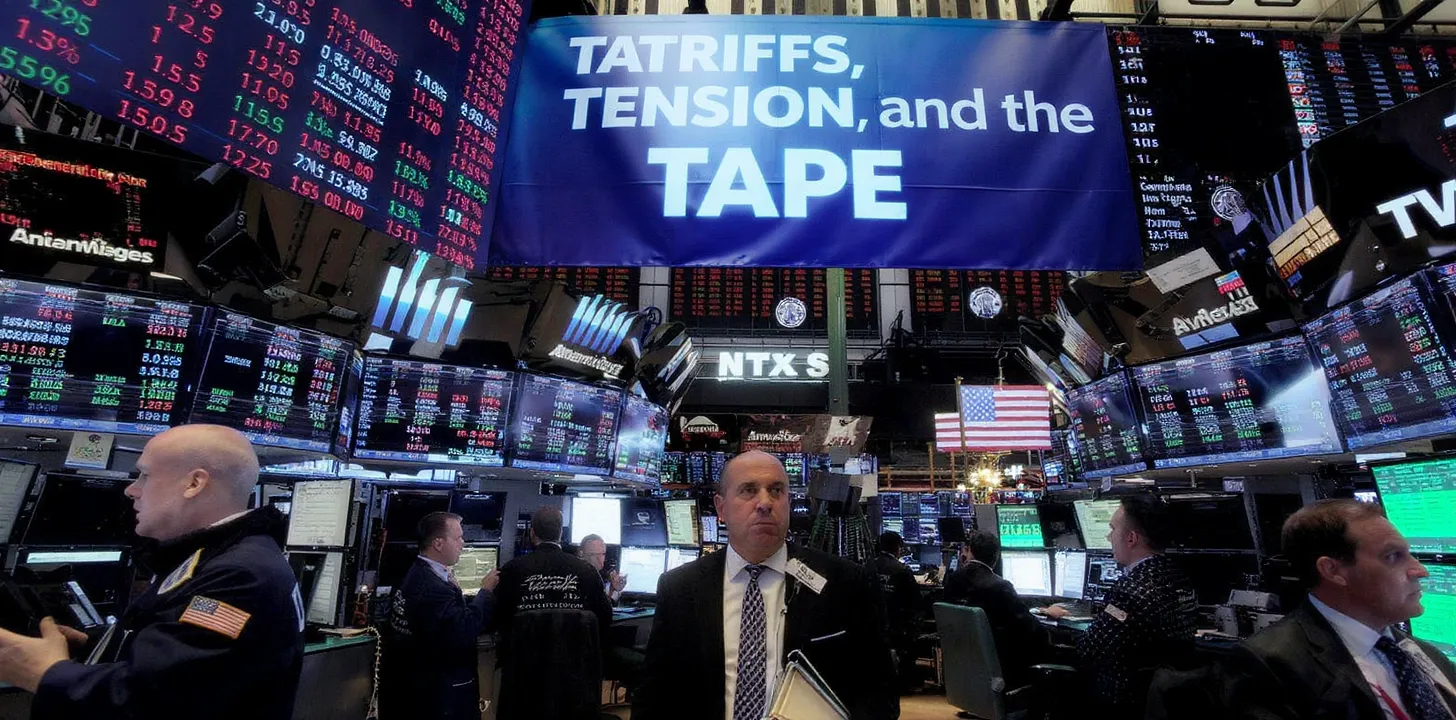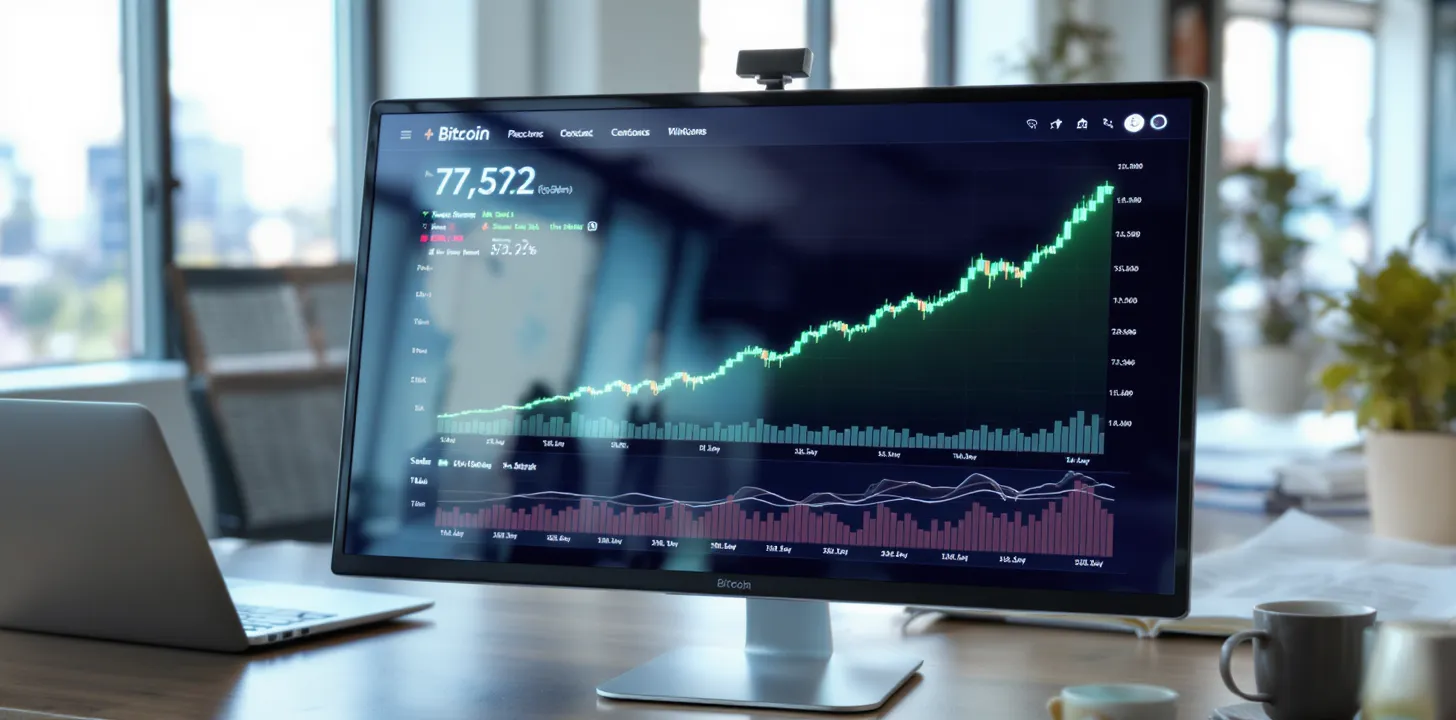Central Banks vs. Donald Trump: A Week of High-Stakes Decisions and Market Turbulence
Introduction
The week of January 27, 2025, is shaping up to be one of the most pivotal for global financial markets. While President Donald Trump’s latest policies dominate headlines, central bank decisions from the Federal Reserve, European Central Bank (ECB), Bank of Canada (BoC), and Sweden’s Riksbank could dictate market movements for months to come. Add in key economic data, including U.S. Q4 GDP and Eurozone flash GDP, and markets are bracing for a turbulent week.
1. The Federal Reserve: Holding Firm Amid Trump Pressure?
- FOMC Rate Decision (Jan. 29): The Fed is widely expected to keep rates steady at 4.25-4.50% following 2024’s hikes. However, Trump’s calls for rate cuts and ongoing trade uncertainty could influence policy discussions.
- Market Focus: Powell’s press conference will be key—any hawkish tone could strengthen the U.S. dollar, while dovish hints might weaken it.
- Key Data: Q4 GDP (expected 2.1% annualized) and December PCE inflation (forecast at 2.8%) will be watched closely.
2. European Central Bank: Cutting Rates to Support Growth?
- ECB Rate Decision (Jan. 30): A 25-basis-point cut to 2.75% is expected as the Eurozone battles slowing growth and easing inflation.
- Market Reaction: A dovish outlook could weaken the euro unless ECB President Lagarde signals confidence in economic recovery.
- Key Indicators: Q4 GDP (expected 0.4%) and Germany’s Ifo sentiment survey will provide additional context.
3. Bank of Canada: Another Rate Cut?
- BoC Rate Decision (Jan. 29): A 25-bps cut to 3.00% is likely, driven by cooling inflation and economic uncertainty.
- CAD Outlook: A dovish BoC stance could weaken the loonie, while stable oil prices might offer support.
4. Sweden’s Riksbank: A Quiet But Important Move
- Riksbank Rate Decision (Jan. 29): While less headline-grabbing, Sweden’s economy has cooled, prompting speculation about renewed easing.
- Market Impact: A surprise hawkish move could boost the krona, but global conditions suggest caution.
5. Japan: Post-BOJ Analysis and Key Data
- Recent BOJ Hike: The Bank of Japan raised rates on Jan. 24 to 0.50%, its highest level in 17 years.
- Upcoming Data: Tokyo CPI, industrial output, and retail sales could shape expectations for future rate hikes.
6. China: Lunar New Year Lull and PMI Data
- Market Closure: Chinese markets are closed Jan. 28 - Feb. 4 for Lunar New Year.
- Key Data: PMI figures on Jan. 27 will gauge manufacturing and service sector health.
7. Australia & New Zealand: Inflation and Confidence Trends
- Australia Q4 CPI (Jan. 29): A 3.2% annual reading could shape expectations for an RBA rate cut on Feb. 18.
- New Zealand: Trade and consumer confidence data will be key for RBNZ outlook.
8. Trump’s Ongoing Influence
Beyond central bank decisions, Trump continues to impact markets. From potential U.S.-China trade deals to calls for Fed rate cuts, his policies add another layer of uncertainty. Investors should stay alert for sudden policy shifts that could disrupt market expectations.
Conclusion
With major central bank decisions, economic data releases, and Trump’s unpredictable influence, this week is set to be a defining moment for global markets. Will central banks hold their ground, or will political and economic pressures force a shift? As rate differentials and risk appetite fluctuate, currency and bond markets could see sharp movements. By week’s end, investors will have a clearer picture of where the global economy stands and how central banks plan to navigate the challenges ahead.



